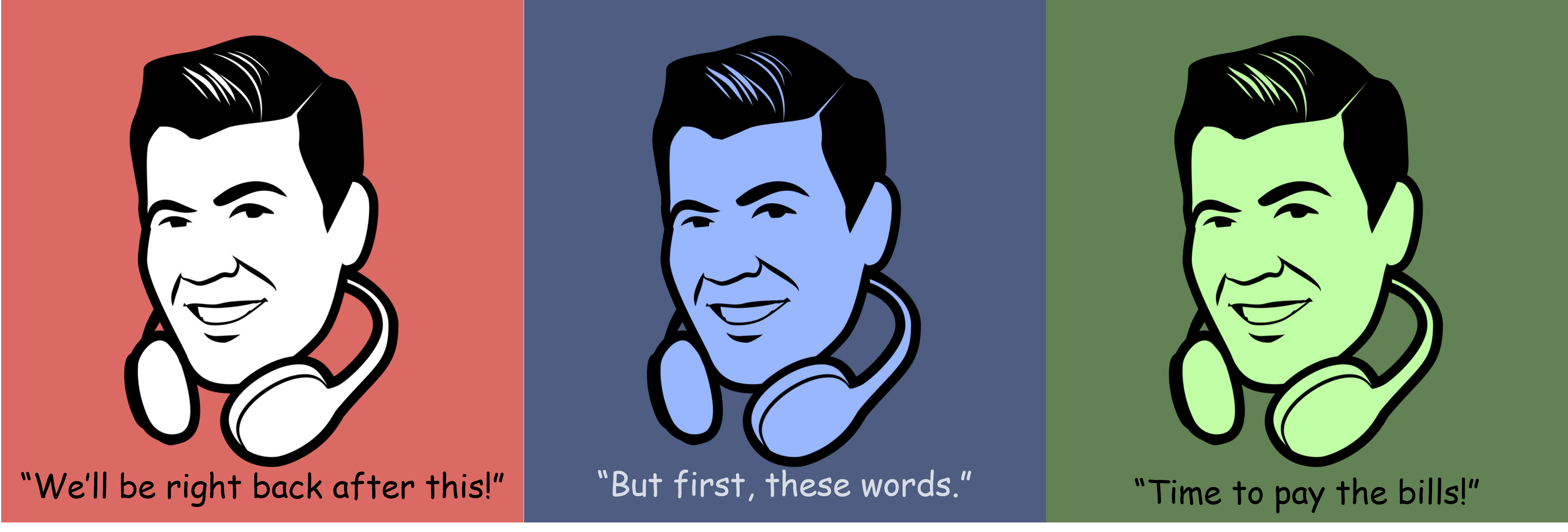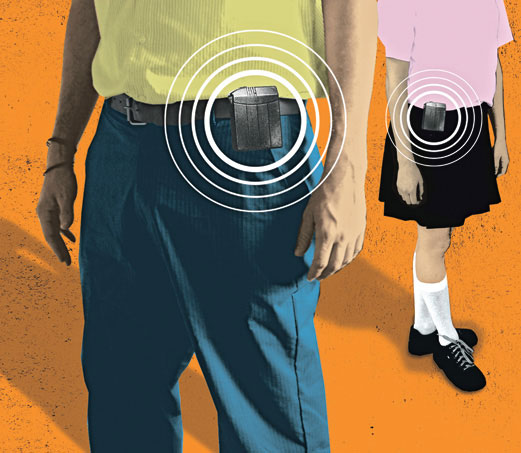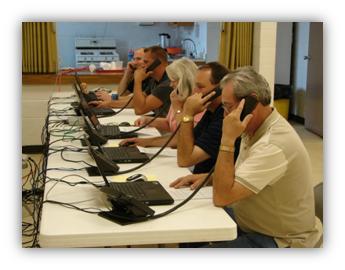How is broadcast radio making money in 2022?
Broadcast radio stations must change their strategies in order to compete with today’s digital music platforms. Here is what needs to happen…
by Fred Jacobs of Jacob’s Media
In thinking about how broadcast radio’s music stations hope to compete with streaming services and satellite radio today, and for years to come, most experts might give you a laundry list of things that need attention.
At the top of just about everyone’s list is commercials.

But you don’t need a consultant to give you the down-low. Ask any radio listener (or former listener) and the odds are good she’ll tell you the same thing – the quantity and even quality of the commercials can be a game-changer.
Twenty years ago, radio broadcasters were expanding their commercial inventories in order for stations to meet increasingly aggressive revenue goals. I remember a particular company having an unwritten policy: “There is no commercial load.” In order to make their numbers, commercial capacity simply expanded as necessary, especially at the end of a quarter.
In the pre-streaming, pre-satellite radio era, many stations were able to get away with it. There simply weren’t competitive music services providing a commercial-free environment, other than throwing a half dozen CDs into the changer and pressing “shuffle.”
But over time, consumers became accustomed to non-commercial music environments, and it became “normal” to pay a few bucks a month for the privilege of listening to music sans advertisement.

And when PPM became the ratings methodology law of the land in the biggest markets in the U.S., the accepted practice became cramming an already bloated commercial load into just two stopsets, a policy still in effect all these years later. Whether you’re running bowtie or hourglass clocks, the net effect is like going to fall under the “too many commercials” banner.
But maybe there’s hope…in the form of an aggressive new legislative model taking shape in of all places, California.
MediaPost’s Publishers Daily ran a story earlier this week that may have touched many a broadcaster’s nerves:
“California Bill Would Use PBS-NPR Model To Support Local Media”
Written by Ray Schultz, the proposed bill – SB911 – comes out of the California Senate. Its sponsor, State Senator Steve Glazer,” says public media’s system of funding is “a model that Americans have long trusted – the non-profit Corporation for Public Broadcasting.”
CPB was established in 1967 as a publicly funded non-profit whose mission is to support public broadcasters financially.
Many commercial broadcasters have long been critical of public media funding. But in reality, a small percentage of money for most public radio stations comes from government tax dollars (yes, CPB). Instead most of it is generated by foundations, audience contributions, and through “underwriting announcements” – public radio’s low-key versions of “commercials.”
Glazer’s bill seems geared toward smaller California markets – the ones becoming “news deserts,” due to the demise of newspapers as well as radio stations providing scant local news coverage.
Schultz reports there’s been pushback, but much seems to be coming from existing newspapers and organizations like the California News Publishers Association. Perhaps they’re feeling the heat by the possibility that small town newspapers could receive much-needed funding.
As Glazer points out, his bill mirrors the same model where PBS, NPR, and public radio and TV stations receive dollars from CPB. I read an abstract of the billl, SB 911, and it’s not clear (to me) precisely which media outlets would be eligible for funding.
But his effort begs a larger question: How are radio stations being funded, commercial or public? Is there a better way? And if there is, why hasn’t someone come up with it by now?
Take commercial music radio, for example. Is the standard funding model the only way to financially power these stations? Could various pages be taken (OK, stolen) from the public radio playbook to create better solutions for a Classic Rock, Hip-Hop, AC or Country station? And via sponsorships and other revenue-generation models, are there other roads to profitability for commercial radio music stations – other than playing 10 (or more) commercials in a row, twice an hour?

And let’s not let public radio stations off the hook when it comes to unimaginative funding models. Putting CPB, foundations, and grants aside, why can’t public radio come up with an alternative to their toxic, shopworn pledge drives?
For a medium noted for its innovativeness, these “beg-athhons” ran out of gas decades ago. Even core public radio fans readily admit they go on listening hiatus during “pledge.” And while public radio operators have experimented with more pleasant variations on the traditional pledge drive, shortening them or offering “pledge-free streams” have not successfully moved the needle. The fact is, several times a year – typically in the heart of the spring and fall rating books – public radio stations are at their worst content-wise.
So we’re looking at two major enterprises – commercial music radio stations and the entire public radio system – have fundamental business model problems. The core of their respective funding rubs even their biggest fans the wrong way.
Back in the 20th century, it may not have mattered because there was simply nowhere else to go.
Today, we can’t list them all.
Far be it from me to suggest there are easy fixes close at hand. Because there aren’t.
But neither is especially hot or bothered about finding a solution. Instead outrageous commercial loads compressed into two stopsets an hour and pledge drives are accepted as givens – the price of doing businenss.
Innovation rarely happens by accident. Creative solutions to gargantuan problems never just present themselves. Organizations have to commit to finding big fixes, often spearheaded by their best people.
And just addressing these now-historic messes isn’t going to instantly right the ship. Many of broadcast radio’s issues are existential in nature. New habits have been forming, in some cases, for a generation – or two.
But they might be a starting point.
We have looked at Netflix’s ad-supported model. And while it may not be “the answer,” it could be a starting point to stopping their bleeding. Yes, it’s bold, and runs counter to their original subscription scheme. But it could become the genesis of a solution. Or not.
Earlier this week, Spotify mercifully pulled the plug on “Car Thing,” its gadget designed to gain more presence in connected cars. After just FIVE MONTHS.
It’s OK to “fail fast.” Especially in a fast-moving media environment.
When it comes to facing up to its own major challenges, the broadcast radio machine isn’t even in the race.
It’s at “Full Stop.”
Fred Jacobs President & Founder at Jacobs MediaFred Jacobs founded Jacobs Media in 1983, and quickly became known for the creation of the Classic Rock radio format. Jacobs Media has consistently walked the walk in the digital space, providing insights and guidance through its well-read national Techsurveys. In 2008, jacapps was launched – a mobile apps company that has designed and built more than 1,300 apps for both the Apple and Android platforms. In 2013, the DASH Conference was created – a mashup of radio and automotive, designed to foster better understanding of the “connected car” and its impact. Along with providing the creative and intellectual direction for the company, Fred consults many of Jacobs Media’s commercial and public radio clients, in addition to media brands looking to thrive in the rapidly changing tech environment. Fred was inducted into the Radio Hall of Fame in 2018.